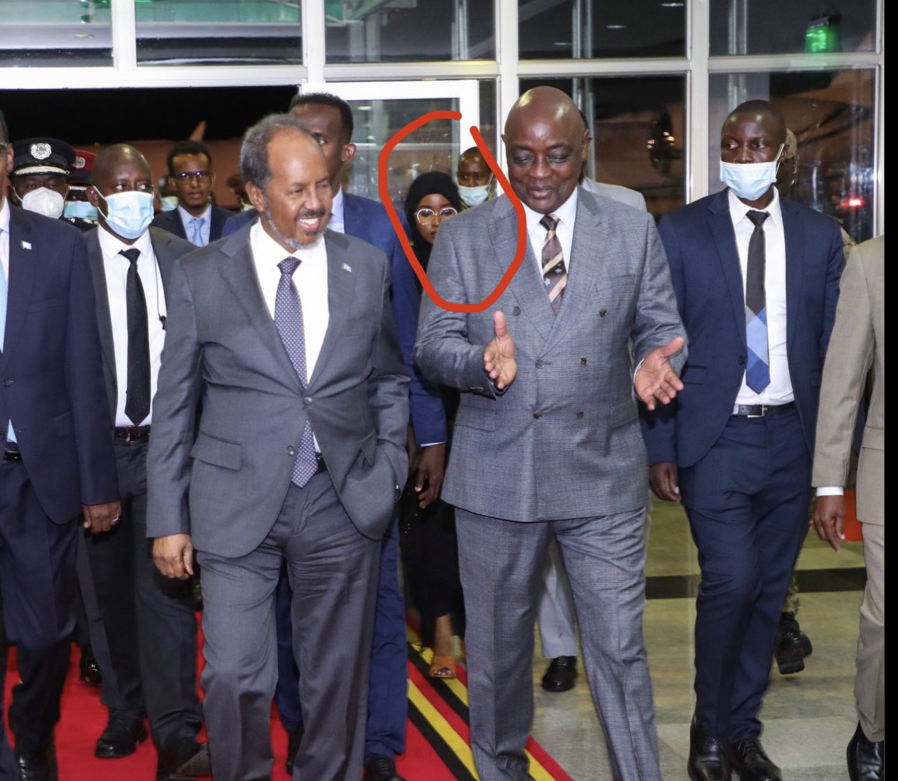The notorious Somali terror group, (Al-Shabab) this month launched a direct attack against Emirati and Bahraini trainers in a Mogadishu training center, It was a brazen and well-thought-out attack that raises questions about what plans to do next…
The attacker was an Al-Shabab sleeper agent who had passed Somali background checks. Somalia’s counterterrorism program is managed by a former Al-Shabab cleric, Mukhtar Robow, who is now a minister and consultant to Somali President Hassan Sheikh Mohamud. The president calls himself “a religious scholar” and has given anti-Al-Shabab lectures at Friday prayers in various parts of the country over the past six months. Mogadishu’s ability to halt Al-Shabab activity is not on the right track.
It is this type of attack that raises many questions about what comes next for the Horn of Africa, which sits on the very edge of the sphere of influence of Yemen’s Houthis and with possible renewed ties with Al-Qaeda in the Arabian Peninsula in Yemen’s interior. The sharing of small weapons is key for now, although drones could very well be introduced in the future.
The terror Group may be seeking new technological advantages in its ongoing battle with Mogadishu, especially after last week’s attack, as the Horn of Africa faces new and extraordinary challenges. Al-Shabab militants have shown a high level of sophistication and may seek to use more advanced technologies after their latest success.
The sharing of small weapons is key for now, although drones could very well be introduced in the future
Knowledge transfer to Al-Shabab is a significant factor. As early as October 2016, the group was found to be using increasingly sophisticated improvised explosive device technology in its operations. This was facilitated by the continued arrival of foreign trainers and involved the transfer of knowledge from other conflict areas, allowing Al-Shabab to get the technology needed for its attacks. Pressure from regional counterterrorism forces has helped to break some of these links.
The Terror Group has an evolving set of technological tools that it has used over time. It was, for example, one of the first Africa-based groups to use social media in advanced ways. As early as 2008, the group had created the capacity to put forward narratives about its prowess. It used internet chatrooms and deep web capacities, as well as YouTube videos. Al-Shabab features regularly in what may be said to be its “media space.” Only this year was that information space shut down. A few weeks ago, the Mogadishu government shut down Al-Shabab’s Telegram and other chat channels. Last week’s attack was part of the group’s response to being “silenced” by Somalia.
When it comes to bomb-making and IEDs, the group is at the cutting edge of perfecting their destructive power
Research also shows that Al-Shabab’s external influences, reliance on local materials and refinement of bomb deployment all indicate the importance of local expertise in its IED campaigns. Indeed, the ability of the group to procure equipment is hampered by increasing surveillance and reconnaissance of their activities, since Yemen is nearby.
To be sure, hostile groups are today using modern technology to attack soft targets. Security officials are looking at new and emerging technologies, with unmanned aerial systems particularly exploited by terrorist groups to facilitate attacks, conduct intelligence operations and develop propaganda.




